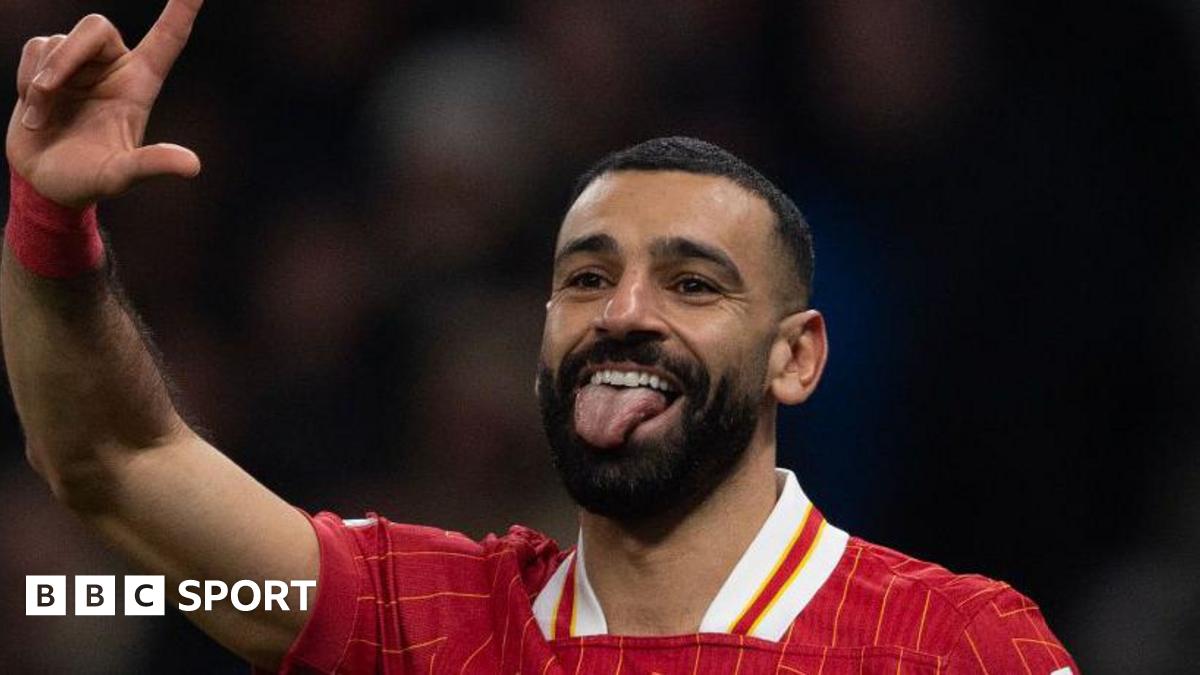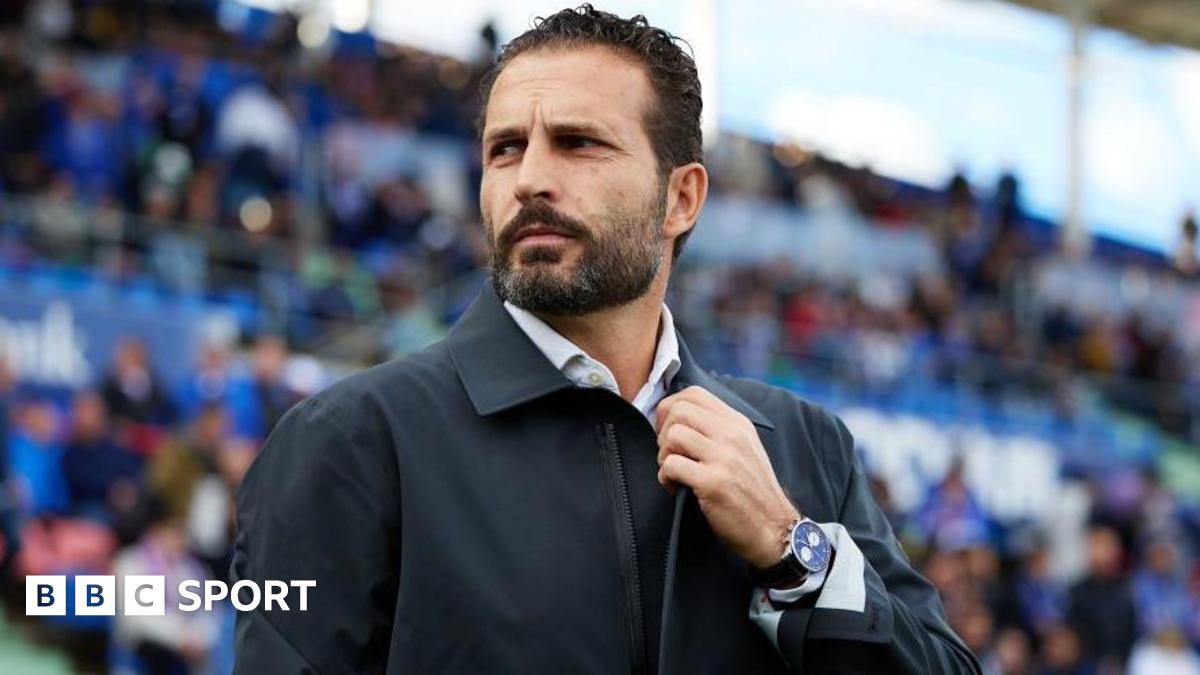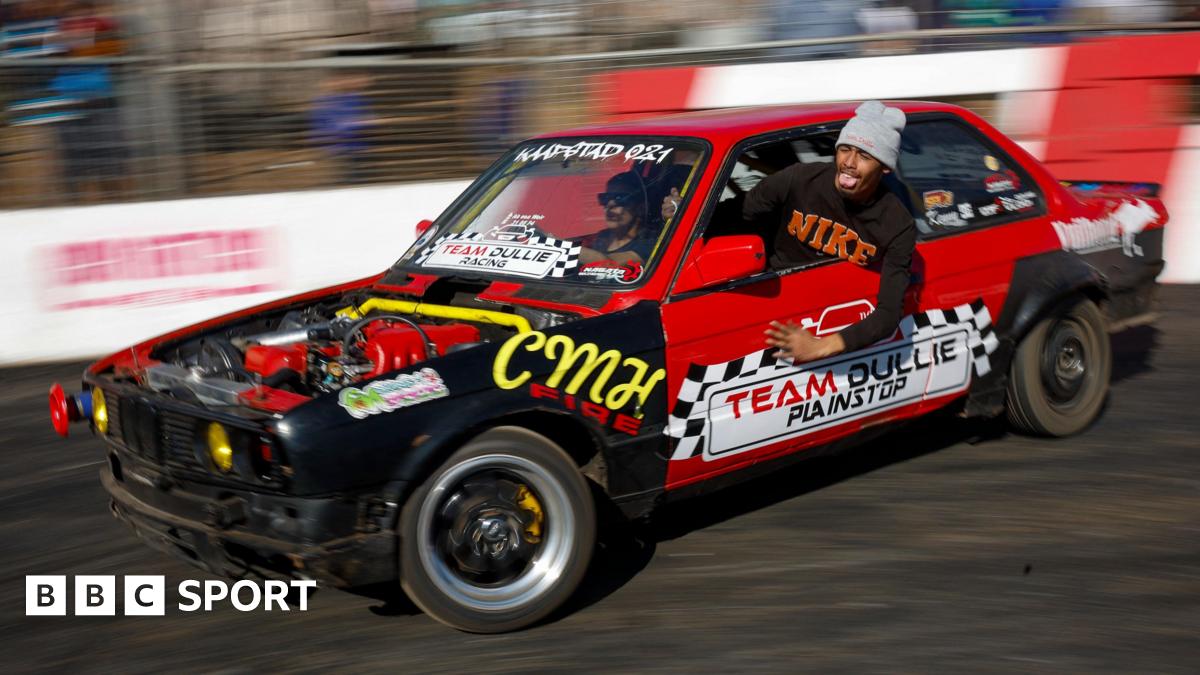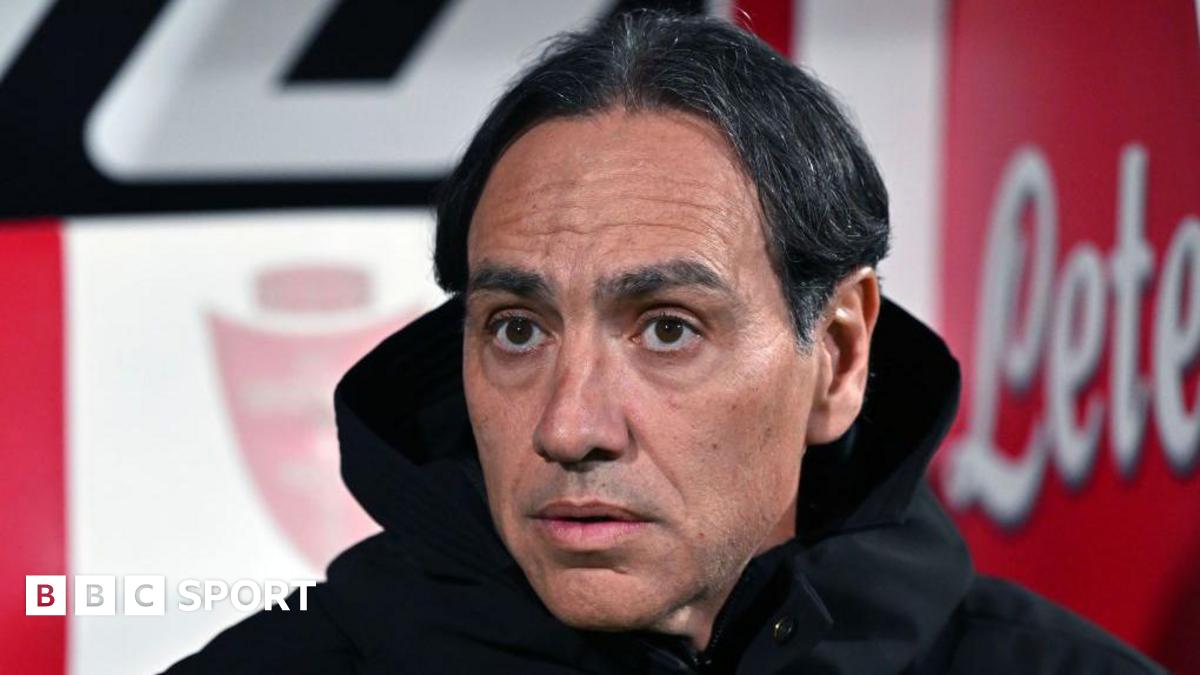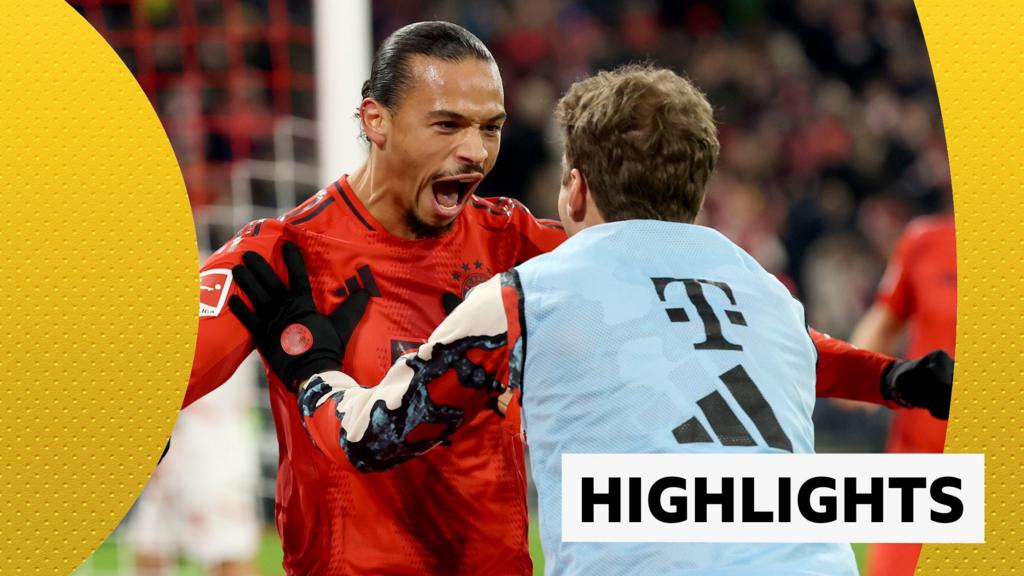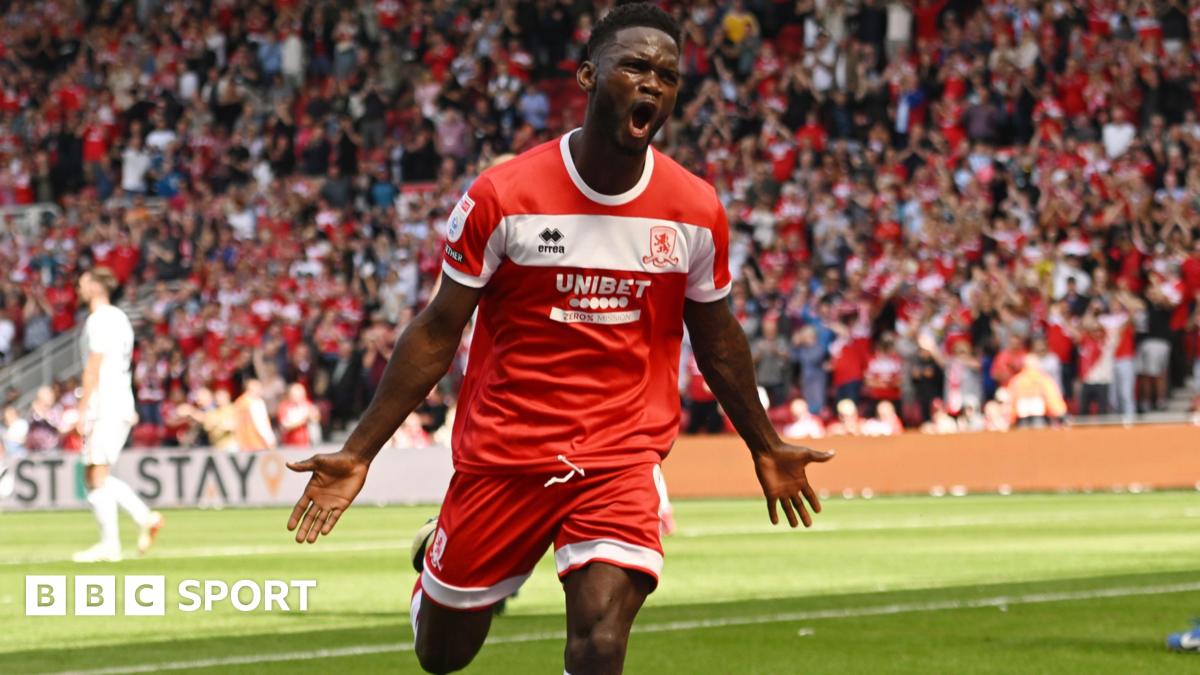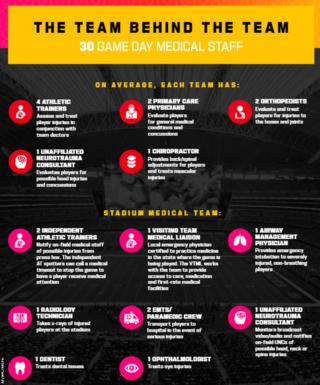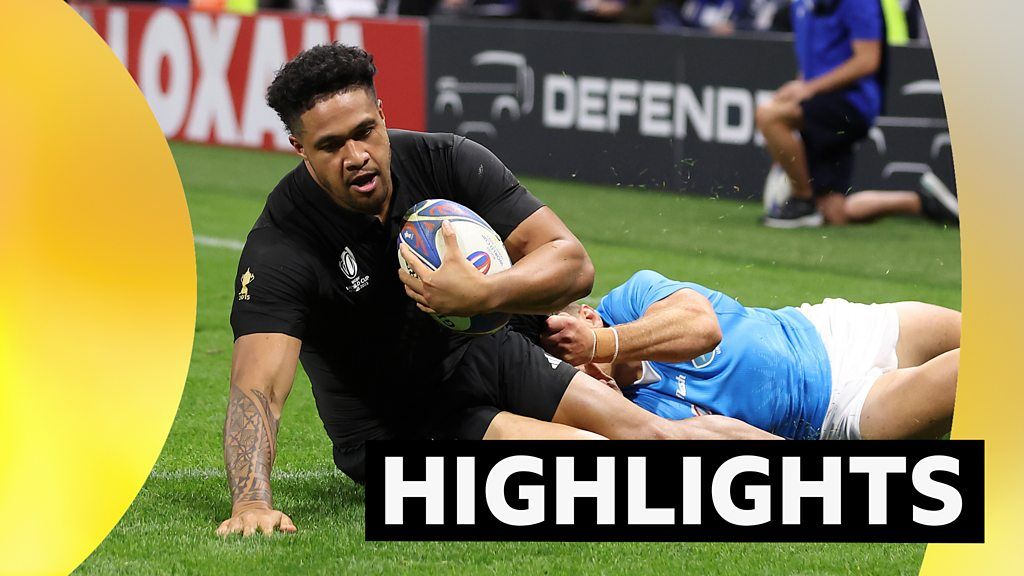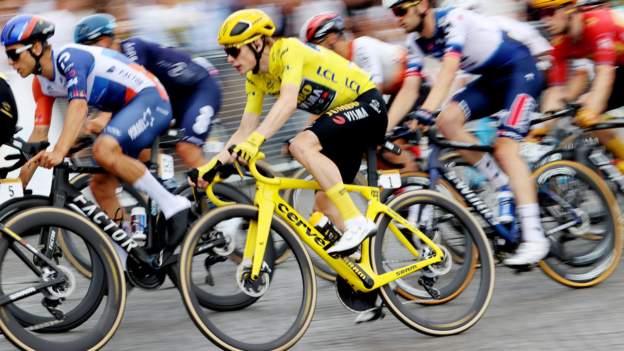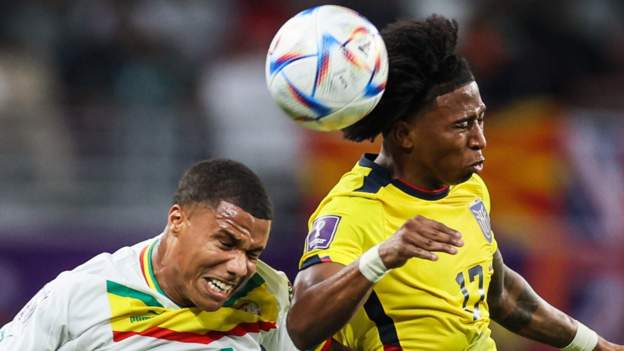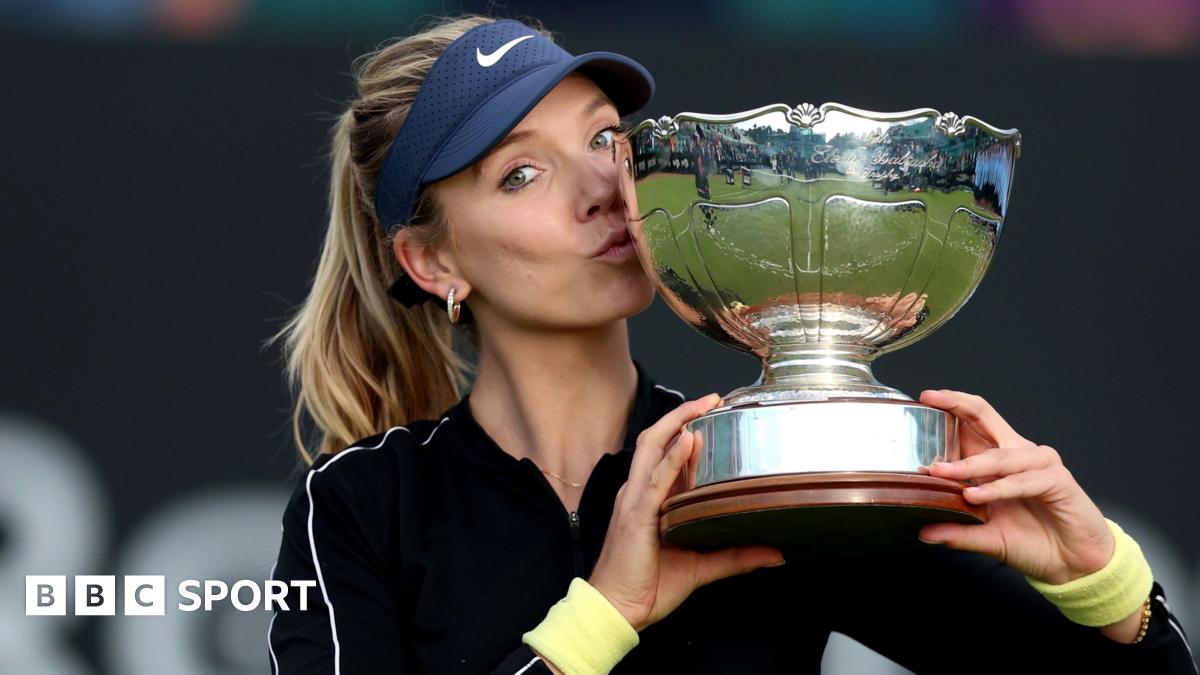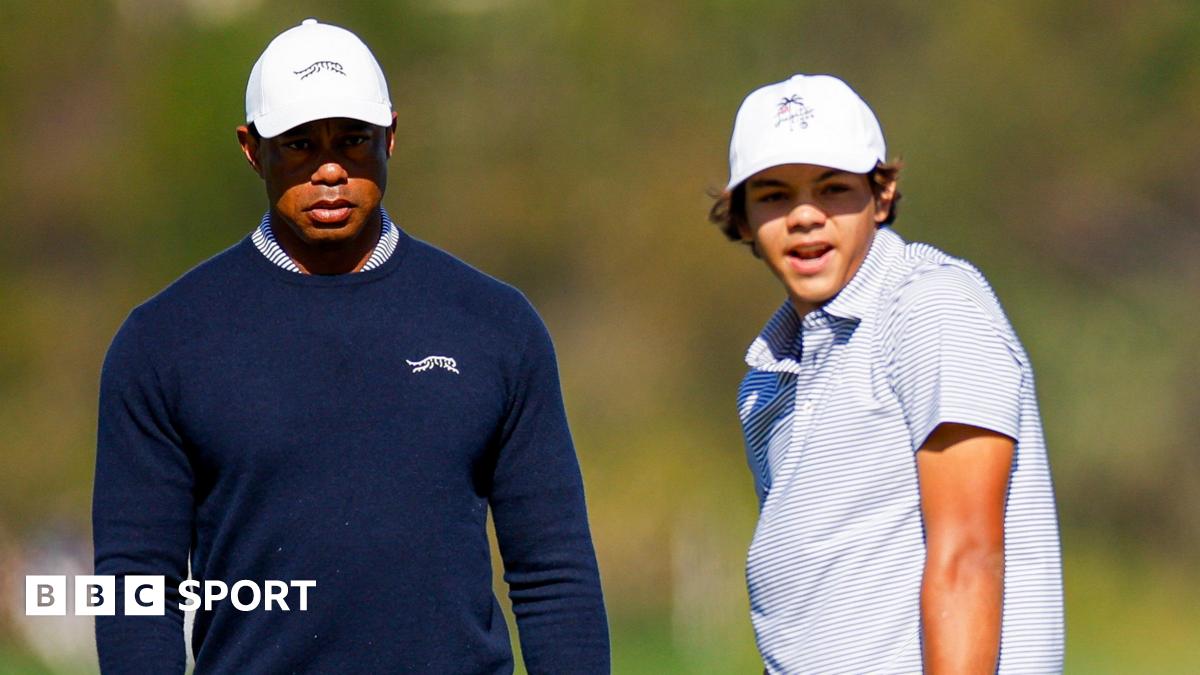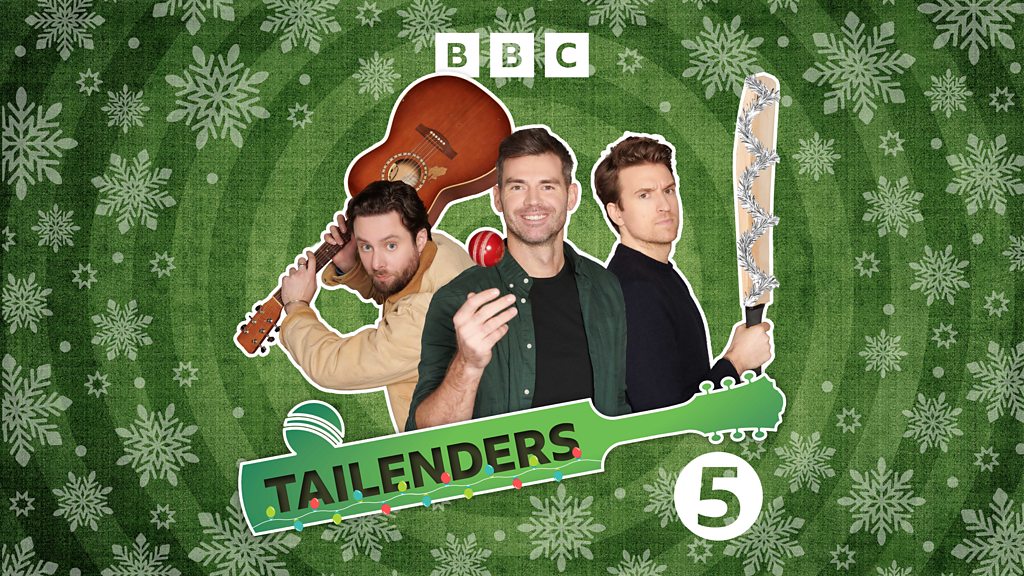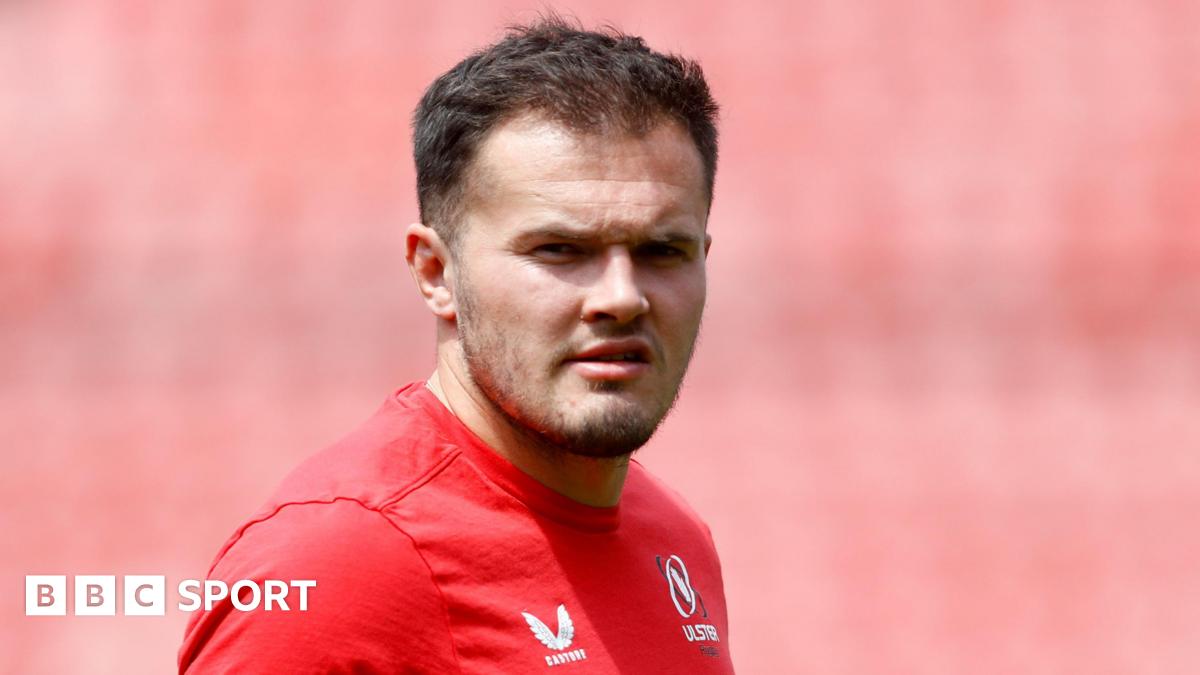| Venue & dates: Tottenham Hotspur Stadium – October 8: Jacksonville Jaguars v Buffalo Bills; October 15: Baltimore Ravens v Tennessee Titans Kick-offs: 14:30 BST |
| BBC coverage: Live text commentary on the BBC Sport website and app |
Maybe it was meant to be, that when Damar Hamlin made his emotional return to the NFL last Sunday, he did so against Tua Tagovailoa.
The health of those players was one of the biggest talking points of the 2022 season, after both were involved in shocking on-field incidents.
The first left Tagovailoa’s career in jeopardy; the second almost cost Hamlin his life.
After Tagovailoa was knocked unconscious in a game at the Cincinnati Bengals last September, the Miami Dolphins quarterback’s arms and fingers spasmed into a grotesque position.
Three months later, also at Cincinnati, players and fans prayed as Buffalo Bills safety Hamlin was resuscitated on the field after he suffered a cardiac arrest.
The 25-year-old pair have not just recovered – they are already back on the gridiron. Indeed, Hamlin could play for Buffalo in London this Sunday. But what has been learned from those incidents about player safety in the NFL?
Tagovailoa incident sparks safety debate
Tagovailoa admitted he contemplated retiring after suffering two concussions last season, the second bringing a premature end to his season in December.
The first came after a heavy tackle left him unconscious on his back with his arms pointing upwards, a ‘fencing’ response typical with concussion. He was discharged from hospital the same night but Miami and the NFL were criticised for letting him play after what happened four days earlier.
During a game against Buffalo, Tagovailoa looked unsteady on his feet after again banging his head on the turf, but he was allowed to complete the game and then face Cincinnati.
An investigation was launched by the NFL and the players’ union (NFLPA), who jointly manage the league’s concussion protocol.
What is the concussion protocol?
In December 2009, the NFL acknowledged for the first time that concussions can have long-term consequences. Two years later they introduced the concussion protocol.
The protocol is a means of assessing players after they appear to have shown concussion symptoms. It involves a series of neurological checks and a verbal review (see bottom of the page), conducted by a team physician and an unaffiliated neurotrauma consultant (UNC).
If they suspect a concussion, the player cannot return to the game. Outside of games, players must clear a return-to-participation protocol to be available again.
The Tagovailoa investigation found that he had been assessed on the sideline against Buffalo and the concussion protocol was followed, although the NFLPA released the UNC involved.
But, since its introduction in 2011, the protocol has been enhanced several times and its list of ‘no-go’ symptoms was updated to include ‘ataxia’, defined as “abnormality of balance/stability, motor co-ordination or dysfunctional speech caused by a neurological issue”.
“Obviously we weren’t pleased with the outcome because we would have liked to have seen the player removed [from the game],” the NFL’s chief medical officer Dr Allen Sills told BBC Sport.
“We responded by changing the protocol, so I think that was a ‘take-home’, just like we’ve learned from other situations through the years.”
What other changes has the NFL made?

Tagovailoa’s two concussions contributed to a total of 213 across the 2022 season – including games and practice. That’s a rise of 13.9% from 187 in 2021, which Dr Sills attributed partly to broadening the protocol mid-season and more assessments being carried out – an average of 1.6 per game.
But the number of concussions in pre-season practice in 2022 fell from 30 to 25, thanks to the introduction of guardian caps. A padded, soft shell which fits over a player’s helmet, they are now mandatory in every practice involving contact, for those in position groups where head impacts occur most.
The helmets themselves are also improving. Each year the NFL and NFLPA evaluate helmets and publish the results in a ranking poster, showing which best reduce the severity of head impact.
Such has been the rate of innovation that the seven top-ranked helmets from 2020 are now prohibited, and position-specific helmets are now available. They take into account that the location and speed of head impacts are different for players in different positions.
Half of quarterback concussions occur when their helmet hits the ground, as was the case with Tagovailoa. He therefore switched to one of the QB-specific helmets that were introduced this year, with helmets for defensive and offensive linemen having been available from 2021.
The NFL has regularly tweaked the game’s rules to improve player protection, and this year expanded the rule against players making forcible contact with their helmet and the kick-off rules, after a disproportionate number of concussions were caused by the high-speed collisions on kick returns.
‘It was heroic, but it is basically their job’
In their ongoing efforts to improve player protection, the NFL shares data and insights with other leagues, such as the XFL, and other sports.
For example Dr Jim Ellis, the NFL’s director of emergency preparedness, was a guest at the Uefa’s European Championship tournament in 2021, when former Tottenham Hotspur Christian Eriksen suffered a cardiac arrest. The experience gained from that trip helped ensure the NFL was ready for that night in Cincinnati on 2 January.
The moment Hamlin collapsed after a routine tackle, it triggered the NFL’s Emergency Action Plan (EAP).
On average, there are 30 medical professionals at each game – 10 with each team and 10 stadium staff – and they have a 60-minute meeting before each game to confirm who will perform each duty in the EAP and where the medical equipment and facilities are located at the stadium.
The NFL aims to provide the same level of care in its stadiums as at a hospital.
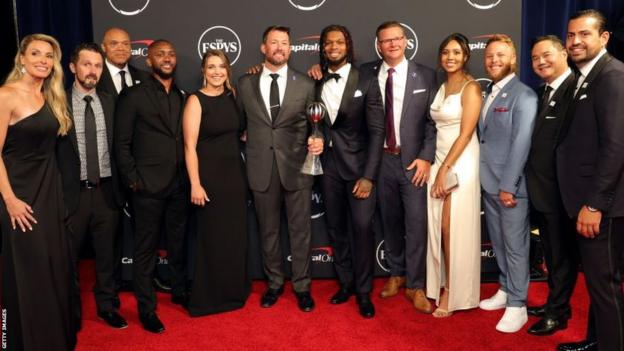
As Hamlin revealed in April, his collapse was caused by commotio cordis, an extremely rare event where a blow to the chest at a specific point in one’s heartbeat can disrupt the heart’s rhythm. His life was saved because medical staff were on hand to administer immediate CPR and early defibrillation.
“We have incredibly well-trained people who do this all the time,” said Dr Ellis. “We use paramedics and emergency physicians who deal with cardiac arrests daily. It was heroic, and they did a great job, but it is basically their job.”
Nine months later, Hamlin is back playing, and if he takes the field at Tottenham on Sunday, he knows he will be no more at risk of a similar injury as any other player. It’s a risk he’s happy to take.
“I just want to show people that fear is a choice,” he said. “You can keep going in something without having the answers and without knowing what’s at the end of the tunnel, or you might feel anxious, but you keep putting one foot in front of the other. You keep going. I want to stand for that.”
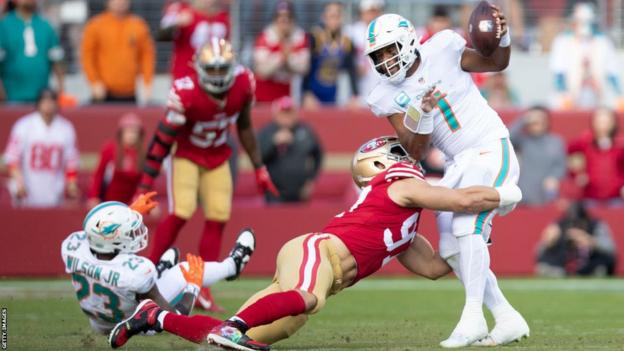
As for Tagovailoa, as well as wearing a safer helmet, he began jiu-jitsu training in the off-season to learn how to fall in a way that reduces the impact on his head and increased his muscle mass to make his body more durable.
So far this season, he’s yet to suffer another concussion and has been in scintillating form. He became favourite for the NFL’s Most Valuable Player award, before Buffalo quarterback Josh Allen replaced him after the Bills halted Miami’s winning start last Sunday.
While the NFL’s bid to reduce concussions and identify them sooner continues to be a learning curve, Hamlin’s recovery is a reminder that its emergency plan proved effective in his hour of need.
“The night that happened in Cincinnati, while none of us ever want to see it happen, that’s exactly why we train, practice and prepare the way we do,” Dr Sills added.
“Everything we do is to make this as safe a place as it can possibly be for any emergencies that might occur.”


